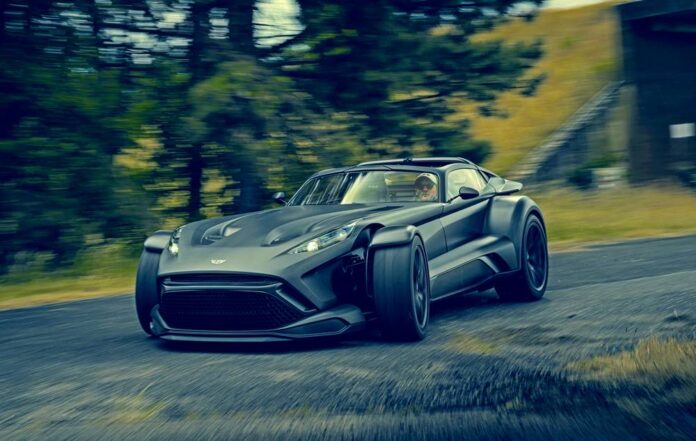At the end of last year, Dutch specialist carmaker Donkervoort rewrote the supercar rulebook with its F22. Maintaining the brand’s historic open-wheel layout, the F22 supercar set new supercar standards in speed, handling, driving purity, design and everyday usability.
X-ray of the F22’s core
Now, the third generation of Donkervoort’s Bare Naked technology has evolved from a limited edition model to a full factory option, giving every F22 owner the ability to see the carbonfibre in the bodywork through either a clear or coloured coat. It’s like an x-ray of the structure that reveals the F22’s core – and it takes another 10 kgs off the already amazing 750 kg kerb weight.
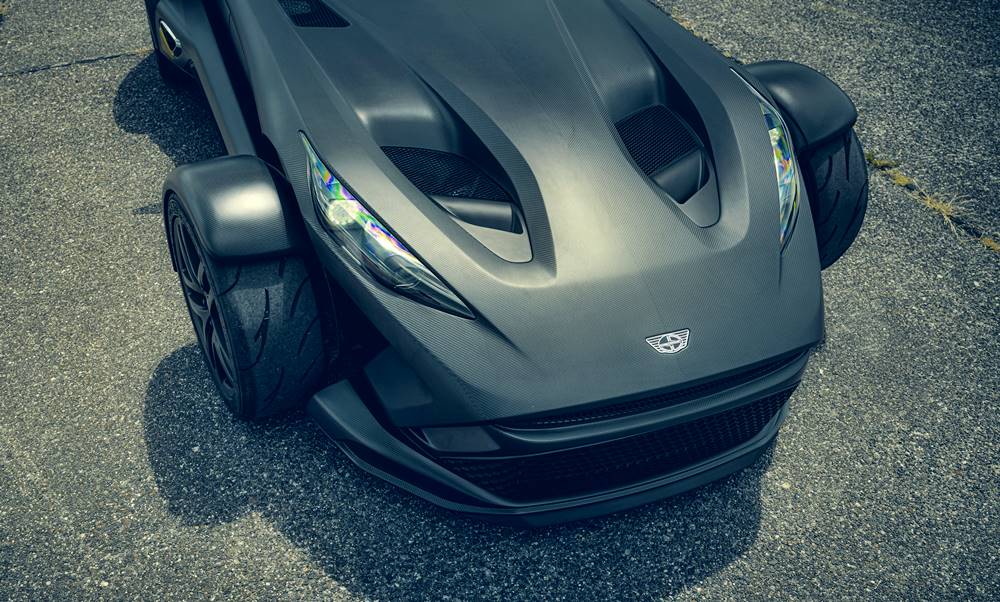
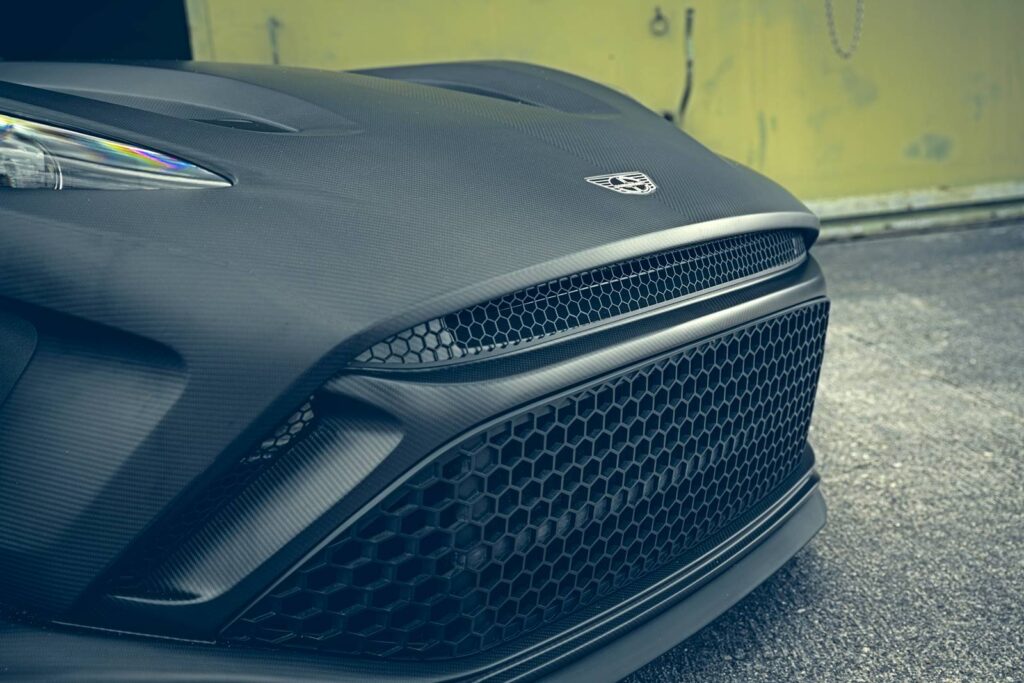
“The design of the F22, along with its removable hardtop twin-targa roof and its long, sleek bonnet and rear wheel-arch wings, lends itself more to a coloured, clear-carbon body than even the JD70 did,” explained Donkervoort design chief, Jordi Wiersma.
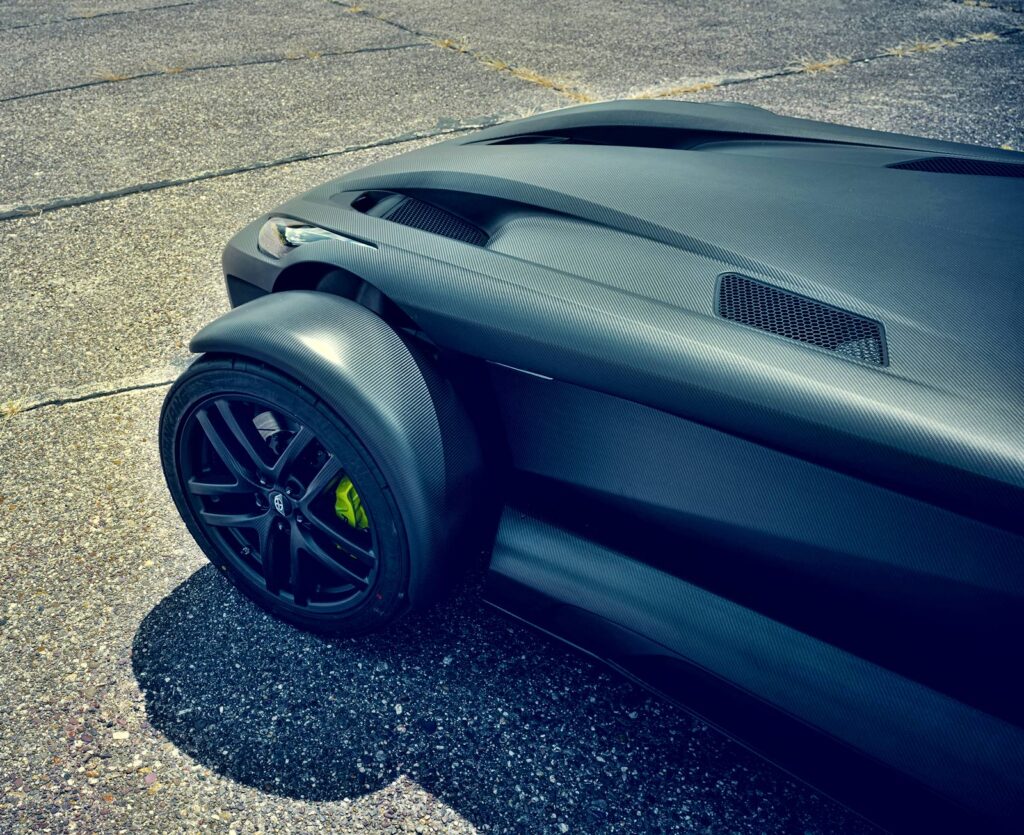
The immensely strong Ex-Core carbonfibre technology is now being used in Formula 1, yachting, cycling, aviation and even in Toyota’s WRC rallycar. F22s with the Bare Naked options will have similar power, torque and performance specifications as the initial 75 F22s, with the turbocharged, in-line, 5-cylinder engine (supplied by Audi Sport) producing almost 500 ps.
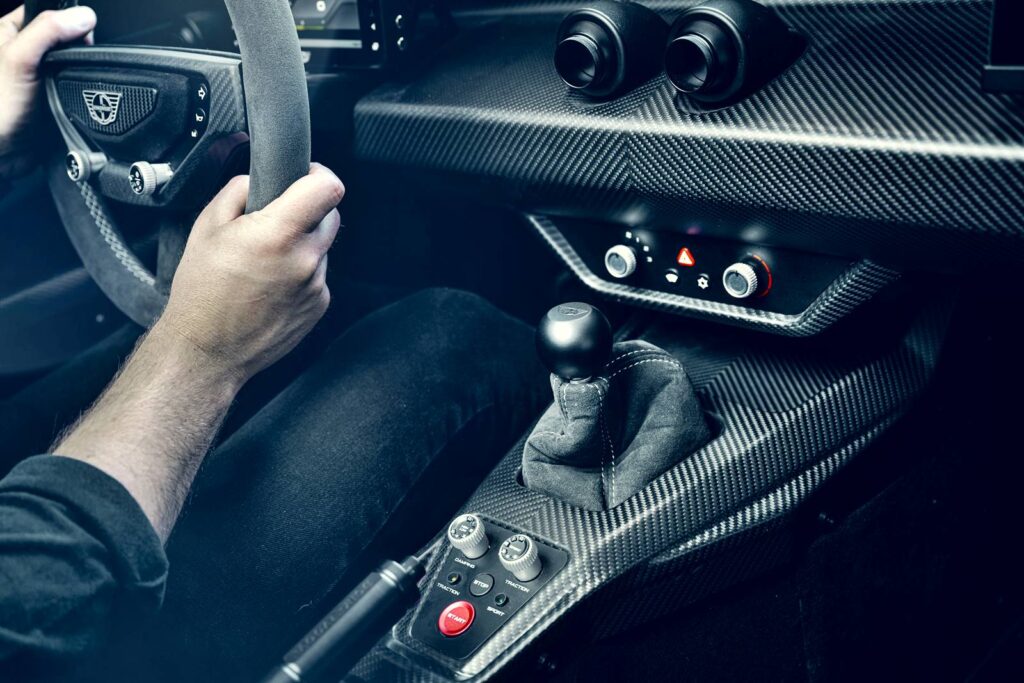
Up to 20 kgs can be take off
While the Bare Naked option takes 10 kgs from the F22’s weight, owners can drop the weight another 10 kgs if they install the optional carbonfibre rims. This will give a power-to-weight ratio of 685 ps per tonne, allowing the supercar to go from standstill to 100 km/h in a claimed 2.5 seconds, and reach 200 km/h 5 seconds later.
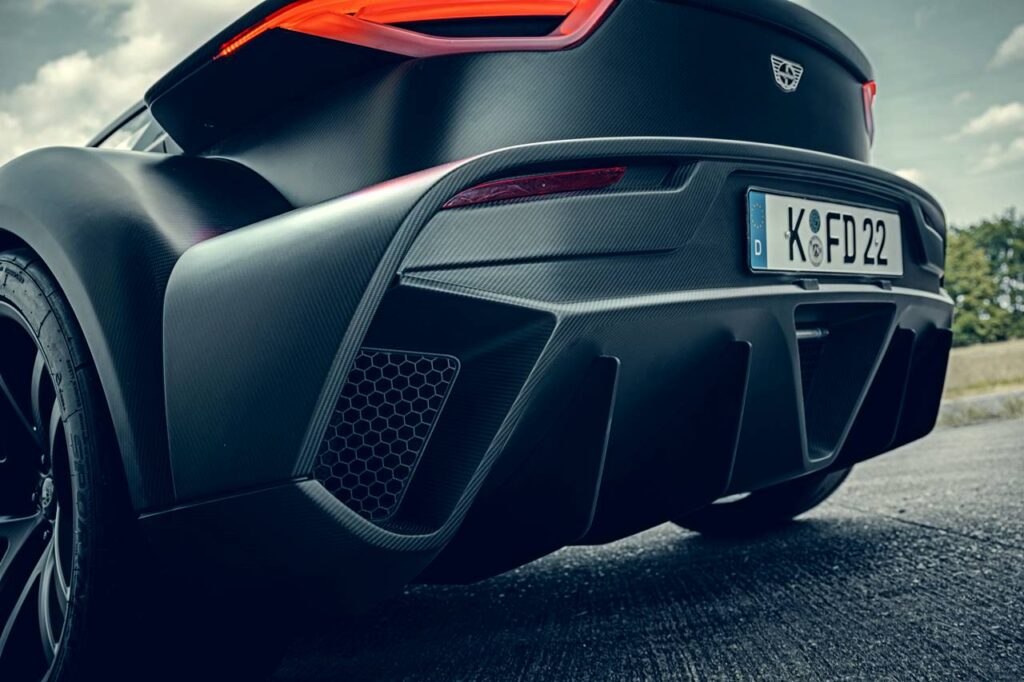
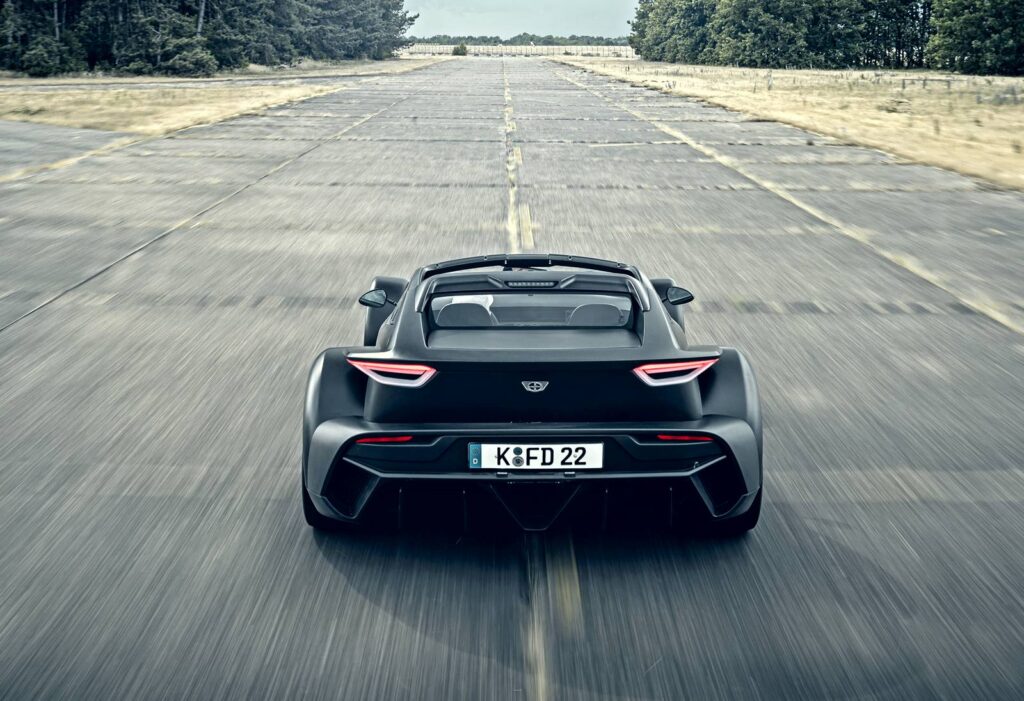
Donkervoort has traditionally drawn strong demand from Belgium, Holland, Luxembourg and Germany, but the first Bare Naked F22 is on its way to the UAE in the Middle East. The increased popularity of the F22, priced from €245,000 (RM1.242 million) saw the company push the full production run out to 100 F22s, with deliveries extending to mid-2025.

